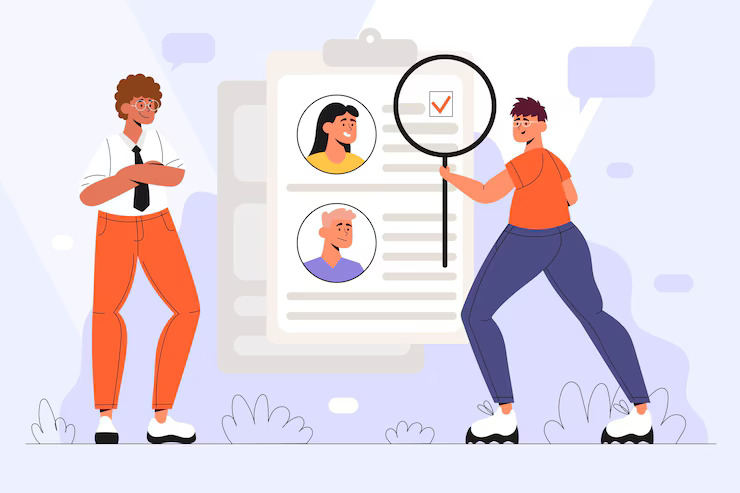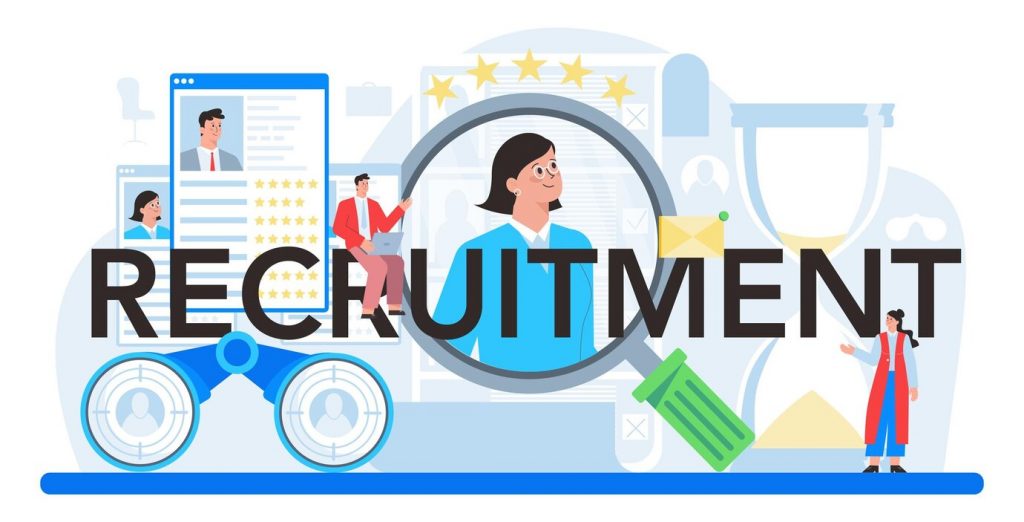Introduction
The interview format you choose can define the success or failure of your hiring process. With talent pools growing increasingly diverse and competition for top talent more intense than ever, the way organizations evaluate candidates needs to be both strategic and effective.
Among the many types of interviews in recruitment, two formats dominate: the one-on-one interview and the panel interview. Each has its advantages, limitations, and ideal use cases. Understanding the nuances between them is not just HR housekeeping—it’s a business-critical decision.
In this blog, we dissect the differences between these formats, backed by data, use cases, and practical tips. Whether you’re building a hiring process for a startup or optimizing enterprise-level recruitment, this guide will help you choose the best interview format for hiring.
What is a One-on-One Interview?
A one-on-one interview is a direct conversation between a single interviewer and the candidate. It’s the most traditional format used in hiring and is commonly applied during early or mid-stages of the hiring funnel.
Structure: Typically informal, this format allows for open-ended questions, deeper rapport building, and more flexible pacing. It may occur in person, over video, or via phone.
When to Use One-on-One Interviews:
- Early screening or first-round interviews
- Assessing cultural fit or communication skills
- Senior roles where in-depth conversations are key
One-on-One Interview Benefits:
- Personalized Experience: Enables a deeper, more natural flow of conversation.
- Candidate Comfort: 67% of candidates feel more at ease in a one-on-one setting (LinkedIn Hiring Trends Report).
- Focused Evaluation: Interviewers can adapt questions based on the candidate’s background and responses.
- Flexibility: Easier to schedule and adapt for remote settings.
However, one-on-one interviews carry the risk of interviewer bias. Without multiple perspectives, hiring decisions may be subjective or influenced by unconscious preferences.
Also Read: Top AI Interview Platforms in 2025: Features & Comparison
What is a Panel Interview?
Panel interviews involve two or more interviewers engaging with a candidate simultaneously. This format is common in final interview rounds or for roles requiring cross-functional collaboration.
Structure: Each panel member may focus on specific areas—technical ability, culture fit, or leadership potential. Interviewers typically take turns asking questions.
Typical Setup:
- 2-5 interviewers from different departments
- 30-60 minutes
- Often follows a structured question flow
Panel Interview Advantages:
- Multiple Perspectives: Reduces individual bias and leads to more balanced decision-making.
- Efficiency: Saves time by consolidating evaluations into a single session.
- Collaboration Insight: Candidates’ ability to handle group dynamics is tested in real time.
Panel Interview Disadvantages:
- Stressful Environment: 52% of candidates report feeling overwhelmed in panel settings (Glassdoor Research).
- Complex Coordination: Scheduling multiple people increases friction.
- Less Flexibility: Structured format limits conversational flow.
Despite its challenges, panel interviews are effective for roles where stakeholder consensus is crucial, such as executive hires or cross-functional team leaders.
Also Read: Top LinkedIn Candidate Sourcing Strategies for Hiring Success
One-on-One vs. Panel Interview: Key Differences
The choice between one-on-one and panel interviews isn’t binary—it’s contextual. Here’s how they stack up:
1. Decision-Making Time:
- One-on-One: Slower, often requires multiple rounds.
- Panel: Faster, since multiple inputs are gathered simultaneously.
2. Candidate Comfort Level:
- One-on-One: Higher comfort, leading to more authentic responses.
- Panel: May induce performance anxiety.
3. Interviewer Bias:
- One-on-One: Higher risk due to single opinion.
- Panel: Mitigated through consensus.
4. Efficiency & Scalability:
- One-on-One: Easier to implement at scale with junior roles.
- Panel: More suited for senior or strategic hires.
JobTwine allows hiring teams to simulate both formats using its virtual interview modules. This hybrid model enables companies to gather multi-stakeholder input asynchronously, minimizing logistical challenges.
Also Read: Interview Simulation: How Practice can Improve Your Job Success
Pros and Cons of Each Format
Pros of One-on-One Interviews:
- Builds rapport quickly
- Easier to customize
- Low pressure for candidates
Cons of One-on-One Interviews:
- Subjective judgments
- Longer timelines if multiple rounds are needed
Pros of Panel Interviews:
- Diverse evaluation metrics
- One-time comprehensive assessment
- Stronger alignment among stakeholders
Cons of Panel Interviews:
- Logistical headaches
- Risk of groupthink
- Intimidating for some candidates
Use Case Scenarios:
- One-on-One: Early-stage interviews, internships, junior roles.
- Panel: Final rounds, executive roles, roles with high interdependency.
Also Read: AI in Hiring: How Companies Use Predictive Analytics to Find Top Talent
How to Choose the Best Interview Format for Your Hiring Needs
1. Job Level:
- Entry-level: Start with one-on-one
- Managerial/Executive: Use panel interviews for broader evaluation
2. Urgency of Hire:
- If time-constrained, panels reduce the need for multiple rounds
3. Team Involvement:
- Panel interviews provide stakeholders an equal voice
4. Candidate Experience:
- For passive candidates or sensitive hires, a friendly one-on-one approach is better
5. Industry Norms:
- Tech, legal, and consulting firms often favor panel formats
- Creative industries lean toward casual, one-on-one interviews
Use JobTwine to test both models through simulated workflows. You can gather stakeholder feedback, run performance assessments, and streamline your hiring decisions within a single platform.
Also Read: Cultural Sensitivity in Hiring: Why it Matters in a Global Workforce
Interview Best Practices for Hiring Managers
Whether you’re conducting one-on-one or panel interviews, consistency and preparation are critical.
One-on-One Interview Tips:
- Use a structured question set
- Take objective notes
- Leave room for the candidate to ask questions
Panel Interview Tips:
- Assign roles (technical, behavioral, leadership)
- Avoid interrupting each other
- Use a standardized scorecard
Ensuring Fairness & Reducing Bias:
- Implement structured rubrics
- Train interviewers on unconscious bias
- Use data from platforms like JobTwine to back decisions with evidence
JobTwine’s real-time analytics and feedback tools ensure transparency and accountability at every step.
Also Read: Diversity, Equity, and Inclusion (DEI) in Hiring: Strategies for Success
Conclusion
The choice between one-on-one and panel interviews is not about right or wrong—it’s about fit. Each format serves distinct purposes, and savvy hiring teams know how to leverage both.
By combining structured interviews, real-time data, and collaborative tools like JobTwine, organizations can create inclusive, efficient, and fair hiring practices. In a competitive talent market, every interview counts. Choose wisely, plan strategically, and invest in formats that reflect your hiring goals.
Frequently Asked Questions:
1. What is the main difference between a one-on-one and a panel interview?
A one-on-one interview involves a single interviewer and candidate, while a panel interview features multiple interviewers assessing the candidate simultaneously.
2. Which format is better for executive hiring?
Panel interviews are typically preferred for executive roles due to the need for multiple stakeholder input.
3. Are panel interviews more effective?
They can be more efficient and offer diverse insights, but they may also be more stressful for candidates.
4. Can you combine both formats in a hiring process?
Yes, many companies use one-on-one interviews for initial screening and panel interviews for final evaluations.
5. How does JobTwine support different interview formats?
JobTwine enables structured simulations for both one-on-one and panel interviews, allowing remote collaboration, scoring, and analytics to improve hiring quality.




